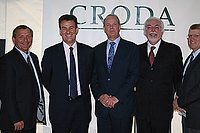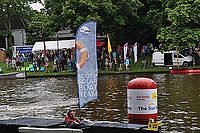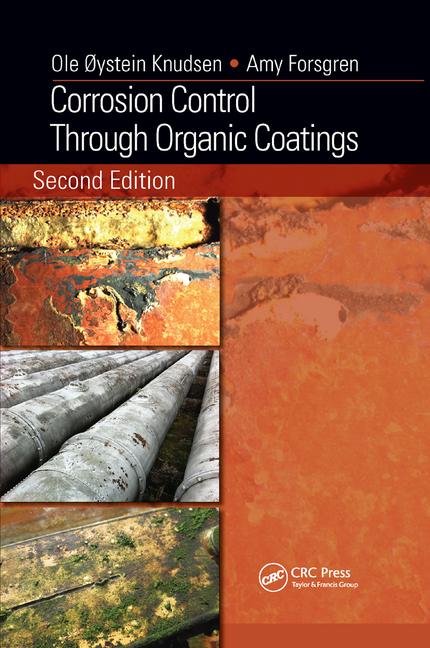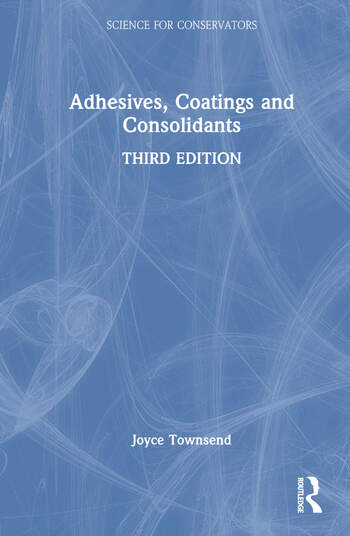Focus On: Partnering Ahead

Bayer MaterialScience announced it has been honored by AkzoNobel’s Automotive & Aerospace Coatings business (A&AC) with The Alliance Award for Superior Partnership. Bayer MaterialScience has long supplied the Amsterdam-based coatings manufacturer with raw materials, primarily aliphatic and aromatic isocyanates, as well as polyurethane dispersions. The award is given each year to reportedly recognize particularly high and consistent product quality, supply reliability, product availability, and good partnership.
Partnership. Bayer MaterialScience has long supplied the Amsterdam-based coatings manufacturer with raw materials, primarily aliphatic and aromatic isocyanates, as well as polyurethane dispersions. The award is given each year to reportedly recognize particularly high and consistent product quality, supply reliability, product availability, and good partnership.
“We are very pleased with this award and the appreciation shown us,” said Daniel Meyer, head of the Coatings, Adhesives, Specialties business unit at Bayer MaterialScience. “Our goal is to be a reliable partner for our customers, supporting their positive development in the global market.”
“AkzoNobel A&AC is proud to recognize suppliers that share our long-standing commitment to excellence and partnership,” said Frank van Ooijen, director of Operations at AkzoNobel A&AC. “Working together with Bayer MaterialScience, we have expanded and strengthened our capabilities across the value chain and that’s why they are deserving this award.”
AkzoNobel uses Bayer MaterialScience’s Desmodur® N isocyanates primarily in the formulation of automotive refinishing and industrial coatings. Aromatic isocyanates from the Desmodur L product line have reportedly proven effective in wood and furniture coatings. Coatings formulated with Bayer raw materials are also used in many other applications and on a variety of substrates, from anticorrosion and marine coatings to can, coil, and specialty coatings.
Sustainability is reportedly a top priority for both companies. “We are working in close collaboration with the sustainability team at AkzoNobel A&AC to develop raw materials for low-solvent coatings,” said Knut-Richard Hausmann, key account manager for AkzoNobel A&AC. As part of this collaboration, Bayer MaterialScience has also conducted cradle-to-grave analyses to support its customers with the switch to low-solvent coating systems.
The two companies are also collaborating closely in all regions of the world on projects targeting innovative developments that focus on application-specific properties like self-healing surfaces (reflow), an improved scratch resistance and an efficient application. This is basically achieved by the use of new binder technologies, which are specifically supported by the joint sustainability and environmental protection targets of both companies. In addition, solvent-free low-viscous aliphatic polyisocyanates, as well as waterborne polyurethane and polyacrylate dispersions of the Bayhydrol® range, are being used.
For more information, visit www.materialscience.bayer.com or www.akzonobel.com/aac.
Looking for a reprint of this article?
From high-res PDFs to custom plaques, order your copy today!







